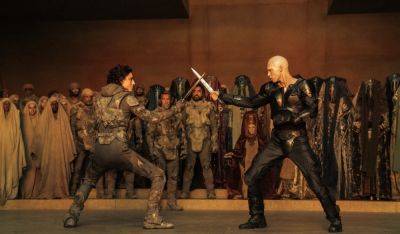High points in Philippine industrial design, architecture in the last 50 years
MANILA, Philippines — In celebration of its golden jubilee, the Design Center of the Philippines recently opened “Art x Design: A Special Reception of the 50 Years of Philippine Design and Beyond” exhibition in National Museum of Fine Arts with President Ferdinand “Bongbong” Marcos Jr. as guest speaker.
Among those included in the exhibit are works by some of the country’s top industrial designers and architects whose works were identified by exhibit curator Marian Pastor Roces as among the high points in Philippine design in the past 50 years.
Here are some of the women and men who helped shape Philippine industrial design and architecture, as can be seen in the exhibit that is on-view for free until April:
Francisco "Bobby" Mañosa, National Artist for Architecture and Allied Arts, has been best known for his designs inspired by the Filipino bahay kubo, such as his design for Light Rail Train (LRT) stations, as well as his use of indigenous materials, as seen in his more famous work, the Coconut Palace.
Before he became an acclaimed architect, though, Mañosa made toys made of Philippine wood and were inspired by Filipino references like Tikbalang. The toys were initially made for his children, but copies were also made commercially available as “Bobi Toys.”
“You can see that the young Mañosa was not having a conversation with plastic toys. Clearly, he wanted some alternative to the deluge of plastic toys,” Roces said of Mañosa’s wooden toys on display at the exhibit.
Al De Lange, the Design Center’s founding director, is also the Philippines’ first ever industrial designer.
The founder of furniture brand Designs Ligna, De Lange experimented on interweaving international style with indigenous looks and materials like narra. From the ‘70s to today, the impact of the indigenized international style he pioneered has been profound, said Roces, making De Lange standout from the likes of Bauhaus, which was dealing with metal, the aesthetic of technology.
According to the Design Center, the use of laminated rattan poles in the “Bella” chair was a new direction in its time when the chair was first produced in 1984. Although cosmopolitan in its form, the chair is “very







